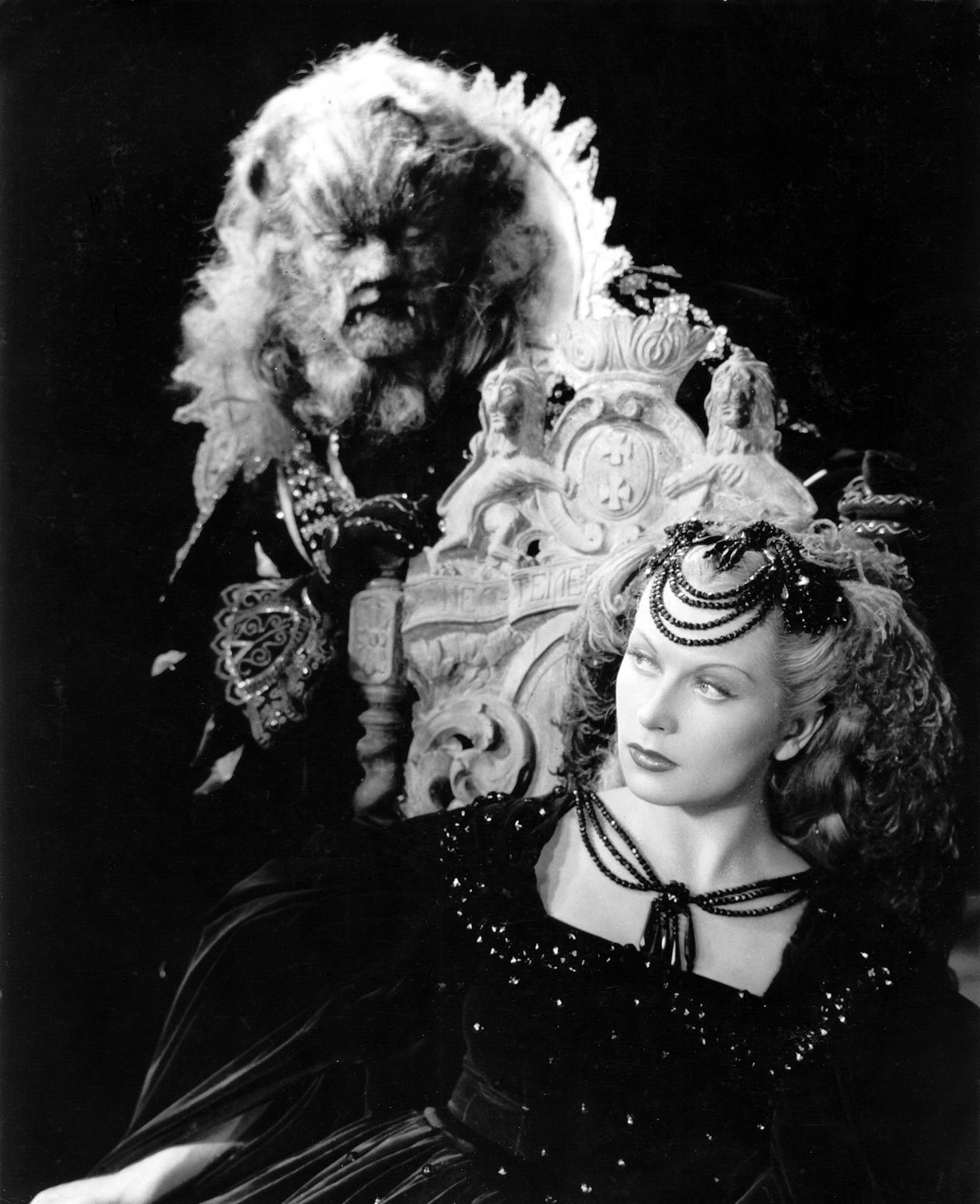Once Upon a Time
No movie comes closer to being the visual equivalent of a fairy tale than Beauty and the Beast (1946). Jean Cocteau had already achieved fame in his native France and throughout the world as a poet, playwright, artist, and avant-garde filmmaker. Then he did what must have seemed totally unexpected. He transformed a little-known fairy tale into a film that was both accessible and artistic.
Beauty and the Beast looks and feels like the fairy tale a child might imagine. The acting, make-up, sets, gestures, and magical effects — all combine to produce a childlike sense of wonder and awe. There’s nothing quite like it, including the Disney animated version, which was strongly influenced by this movie. Perhaps it takes a painter’s eye and poet’s sense of layered meaning to create a film that’s equally fitting for children and adults.
Cocteau enjoyed collaborating with other artists, and his willingness to share the credit helped attract the best cast members and crew. In the book Cocteau on the Film, he explains how the two main actors brought specific qualities to the project:
The only tragic part of the making of La Belle et la Bête was Jean Marais’ terrible make-up which used to take five hours and from which he emerged as though after a surgical operation. Laurence Olivier said to me one day that he would never have had the strength to undergo such torture. I maintain that it took both Marais’ passion for his profession and his love for his dog to have persisted with such fortitude to pass from the human race into the animal one. What was in fact due to the genius of an actor was ascribed by the critics to the perfection of a mask. But there was no mask, and to live the part of the Beast, Marais in his dressing-room went through the terrible phases of Dr. Jekyll’s transformation into Mr. Hyde. As to Mademoiselle Josette Day’s performance in the part of la Belle, it had a peculiarity that very few people noticed. She has been a dancer. Now it is very dangerous to use slow motion for a person who is running. Every fault of the movement is revealed. This is why a race horse or a boxing match can be so beautiful in slow motion, and why a crowd is so ridiculous.
Credit should also go to Henri Alekan, whose cinematography struck just the right balance between reality and fantasy. Alekan left retirement three decades later to photograph Wings of Desire (1987), another film that hovers between reality and fantasy. Similarly, Georges Auric’s orchestral score is ideally suited to the material. The music is solidly traditional, yet never boring.
Beauty and the Beast was recently remastered by Janus Films/The Criterion Collection. As a result, the newly re-released DVD and current television prints are much improved. Even if you’ve seen it before, this new print may surprise you and win your admiration all over again.
Beauty and the Beast
(1946; directed by Jean Cocteau)
The Criterion Collection (Blu-ray and DVD)
Wednesday, May 29 at 6:00 a.m. eastern on Turner Classic Movies
Reviews